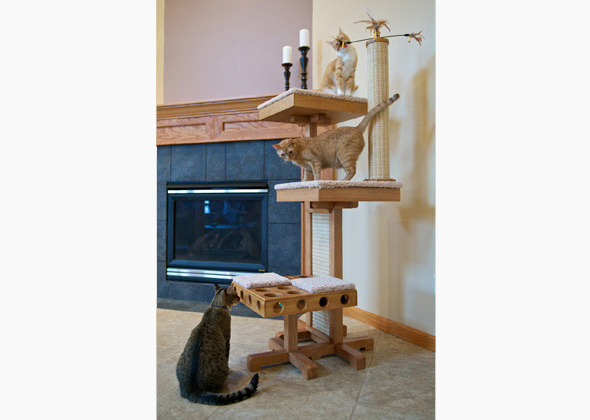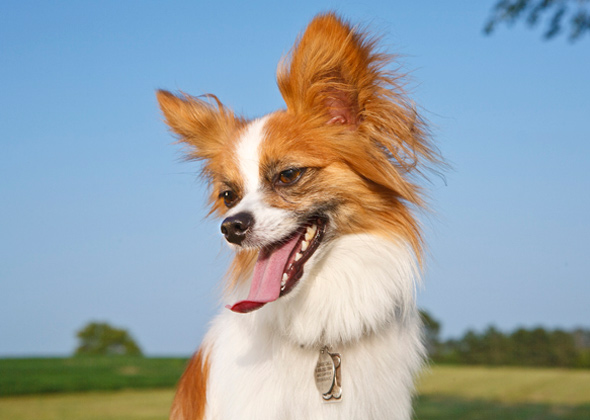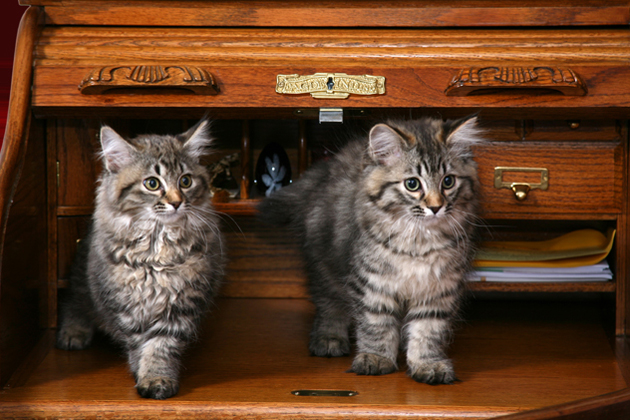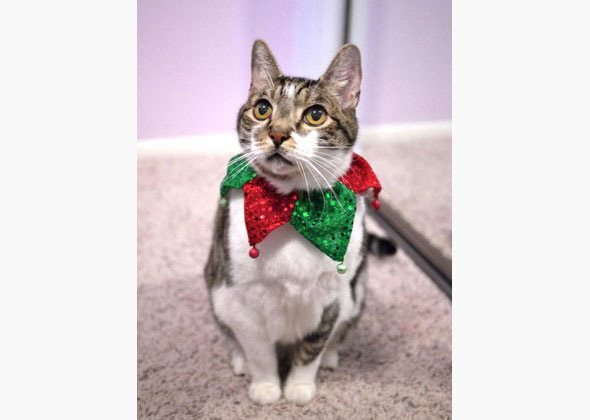Pet Rat Fun: Make Life More Interesting With Food Puzzles
Updated on July 18, 2024
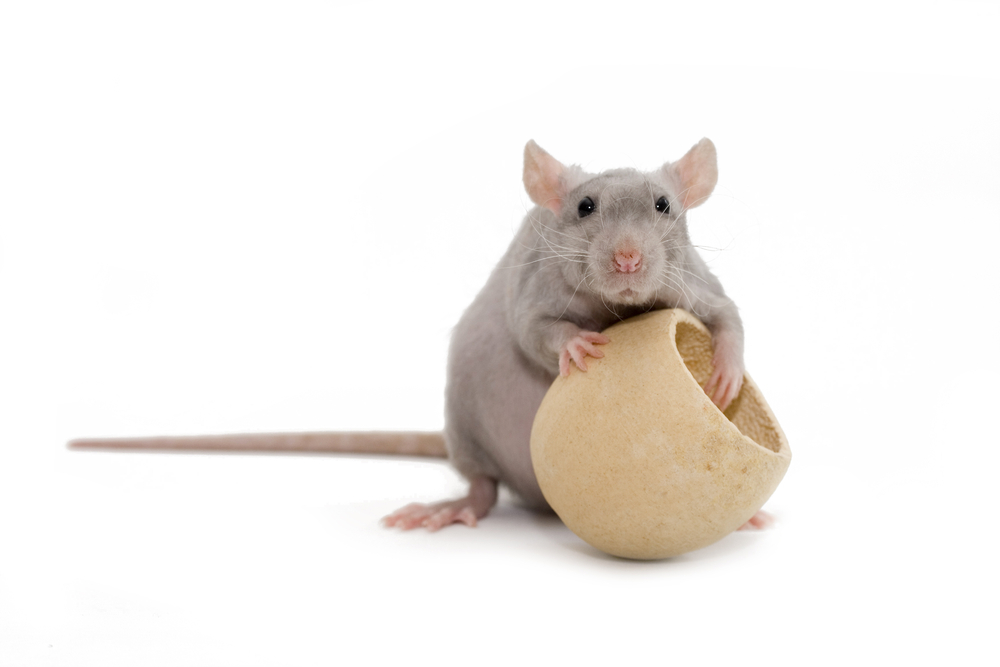
Looking to have some fun with your pet rat? As with more conventional house pets, the more stimulation you provide a rat, the more relaxed and content he will be. Foraging and scavenging are natural behaviors for these rodents and should be a regular part of the way they obtain their food. Food puzzles are a simple way to foster this behavior.
Although the market for rat-specific food puzzles is somewhat limited, toys designed for other animals, like birds or ferrets, can easily be used. Make sure the toy is the right size: It should either be small enough that your rat cannot crawl inside and get stuck, or large enough that he can easily maneuver around once he’s inside.
Supervise all interactions with food puzzles to ensure your rat’s safety. Only use foods recommended by your veterinarian, and be sure to measure portion sizes. To get a rat interested in a toy or food puzzle, you can coat the outside with an edible and appealing spray or spread. Cream cheese, spray cheese and yogurt can be used, in small quantities, to entice a rat to play with a toy. Keep in mind, though, that these foods lack nutritional value and should not make up any substantial portion of your rat’s actual diet.
Finally, remember that edibles served in a food puzzle need to be counted as part of your rat’s daily intake, in order to keep him at a healthy weight.
All featured products are chosen at the discretion of the author. However, Vetstreet may make a small affiliate commission if you click through and make a purchase.
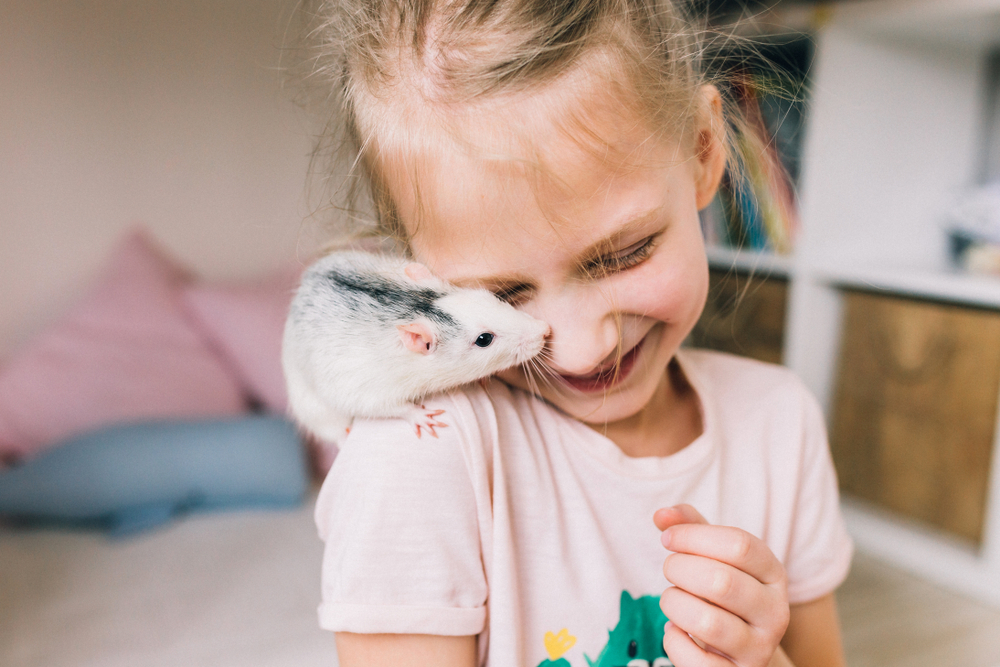
Rat-Friendly Food Puzzle Options for Your Pet Rat
The Hay & Treat Dispenser is designed for bunnies and guinea pigs, but it works nicely for rats as well. The wheel can be stuffed with a smorgasbord of rat food and a few treats. In addition, the holes around the outside of the wheel have plastic coverings that can be opened to reveal hidden treats.
A hanging basket-style bird feeder is another good option for your rat. The basket can be filled with a variety of fresh foods, like rat-friendly veggies, while the design encourages your rat to pull the contents from the inside out.
A Ka-Bob can be strung with rat-friendly veggies and fruit. To make your rat’s meal more challenging, string other items in between the food, such as pieces of cut up cardboard, wood and loofa toys.
Small food puzzles for dogs can be filled with your rat’s normal meal. Puzzles like the Kong Classic Biscuit Ball can be stuffed with healthy dog biscuits for added chewing challenge.
Cat food puzzles like the SPOT Doc and Phoebe’s Cat Hunting Feeder offer a different type of challenge for your rat. Includes three mice and a scoop which can be filled with your rat’s favorite food or snacks. They are easy to fill and ideal for mental stimulation and to prevent boredom.
Rats also enjoy chewing wood; wooden block toys like the Chew ‘N Cube with food inside can serve as inviting puzzles for even hesitant rats. More complex versions of the block toy, like the Nut Knot Nibbler, have wooden pieces strung together in complicated shapes, which offer a significant challenge for your rat.
Create Your Own Challenges for Pet Rats
You don’t need to purchase fancy toys to keep your pet rat busy. Use items from around your home to enrich your rat’s environment.
Hide treats in paper cups, bowls and boxes; start with these items partially overturned for easy access. As your rat becomes more advanced, turn the items upside down and place treats under them. You can also create your own food puzzle: Fill an empty toilet paper roll with food and block off both ends with crumpled paper.
Make your rat’s cage more stimulating by hanging and hiding food in different spots. To encourage exercise, consider a multiple-level high-rise like the with treats available on each level. You can also use cardboard boxes to create your own exploration and climbing areas.

